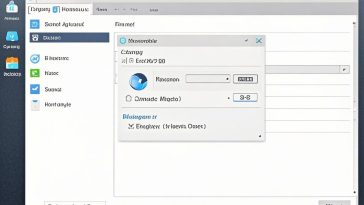A Gantt chart is a useful project management tool used to plan, coordinate, and track various tasks and activities over time. Gantt charts display each task on a timeline, showing start and end dates as well as interdependencies between tasks. This step-by-step tutorial will show you how to easily create a Gantt chart from scratch using Microsoft Word.
## Setting Up the Word Document
To get started:
– Open a new blank Word document.
– Set the page margins to narrow widths and orient page layout to landscape.
– Turn on gridlines under the View tab. Use them to align columns and tasks.
– Add a date field in the header so it dynamically updates.
## Planning Out the Tasks
Before creating the chart, you need to:
– List out all necessary tasks and subtasks in sequential order.
– Determine realistic start and end dates for each task.
– Map out dependencies between tasks using arrows or outlines.
Answering questions like:
– What are all the phases and steps needed to complete the project?
– How long will each task take to finish?
– Which tasks rely on others being completed first?
## Making the Table in Word
To build the chart table:
– Insert a large table with sufficient rows and columns.
– Set column widths to fit your task names. Wider date columns.
– Merge cells horizontally to create date columns. Add ticks for smaller increments.
– Use lines and borders to create timeline effect.
## Entering Task Data
To add your tasks:
– Enter each task name in the first column.
– Extend task bars horizontally with merged cells according to duration.
– Color code tasks based on status – not started, in progress, completed.
– Indicate dependencies with arrow connectors.
## Formatting and Styling the Chart
To polish up the design:
– Format the date cells to show only months or days, not the full date.
– Adjust row heights to accommodate long task names.
– Apply background color shading for date columns at intervals.
– Use borders and gridlines to delineate the timeline visually.
## Adding Charts for More Context
Consider adding:
– A stacked bar chart summarizing task completion status.
– A pie chart showing percent time allocation required across tasks.
## Final Touches
To complete the Gantt chart:
– Proofread and edit the chart content for any errors.
– Add a descriptive title and intro paragraph above the table.
– Print hard copies and export the chart as a PDF.
In summary, the key steps are setting up the document, planning tasks, building the table, entering data, formatting, and adding charts. Take advantage of Word’s tools like tables, drawing lines, and charts to create a professional-looking Gantt chart to keep your projects on schedule. This can be applied to planning any timeline, schedule, or workflow.






